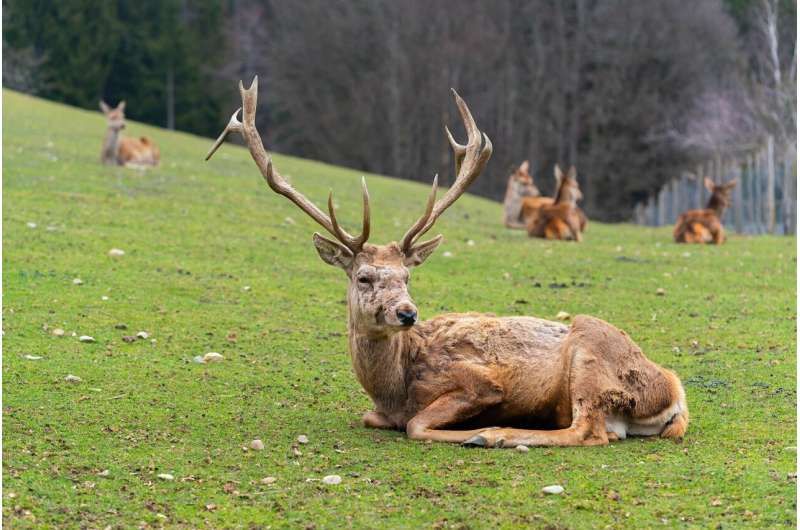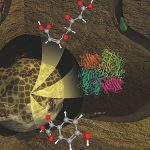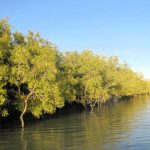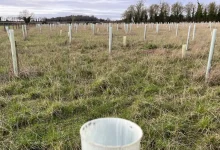New study suggests culling animals who ‘don’t belong’ can be a flawed nature conservation practice

New research published today in the journal Science has concluded that eradicating animals on the basis that they are not native in order to protect plant species can be a flawed practice costing millions of dollars, and resulting in the slaughter of millions of healthy wild animals.
Introduced large herbivores, or megafauna, are claimed to have distinct and harmful ecological impacts, including damaging sensitive plants and habitats, reducing native plant diversity, and facilitating introduced plants. However, up to now these impacts have been studied without comparison to a proper control: native megafauna.
The new analysis, carried out by researchers at Aarhus University, Denmark, and the University of Oxford, UK, compared the effects of large mammal species listed as native and introduced, respectively, in 221 studies from across the world. They found that the two groups of animals had indistinguishable effects on both the abundance and diversity of native plants.
Study co-author Dr. Jeppe Kristensen (The Environmental Change Institute, University of Oxford), said, “We do not find evidence to support the claim that native large herbivores have different impacts on ecosystems, specifically plant communities in this case, than their non-native counterparts. Therefore, we should study the ecological roles these animals—native or not—play in ecosystems rather than judge them based on their belonging.”
However, the researchers did find that the traits of megafauna influenced how they affect plants, regardless of nativeness. In particular, small-bodied picky-eaters, such as deer, tended to suppress plant diversity while larger, generalist bulk-feeders such as buffalo tended to increase plant diversity. This is because large, bulk-feeders are physically unable to selectively feed on their favorite plants and are therefore more likely to suppress dominant species, making space for smaller sub-dominant plant species.







